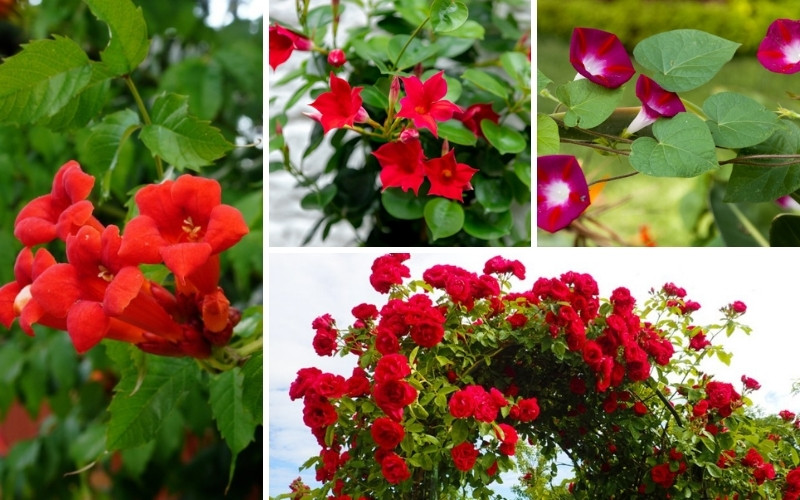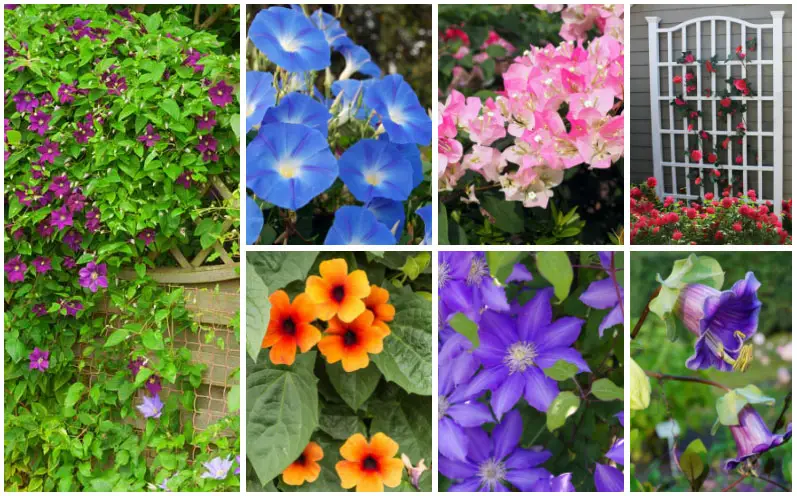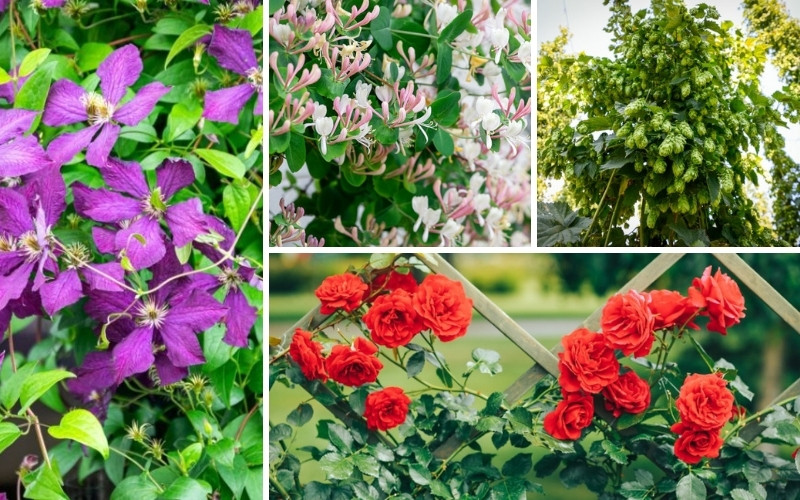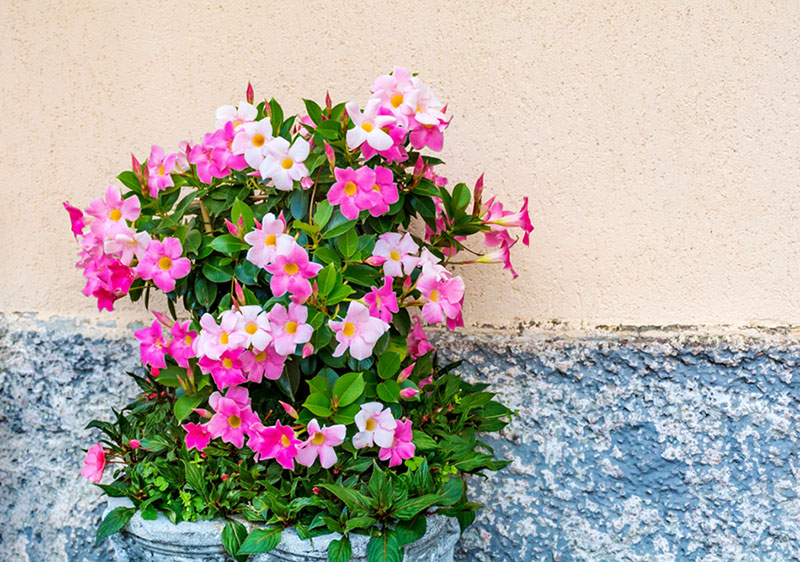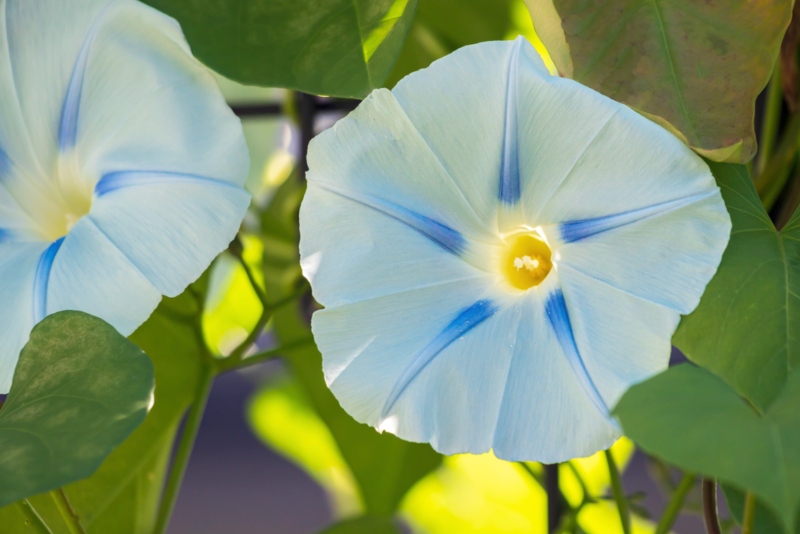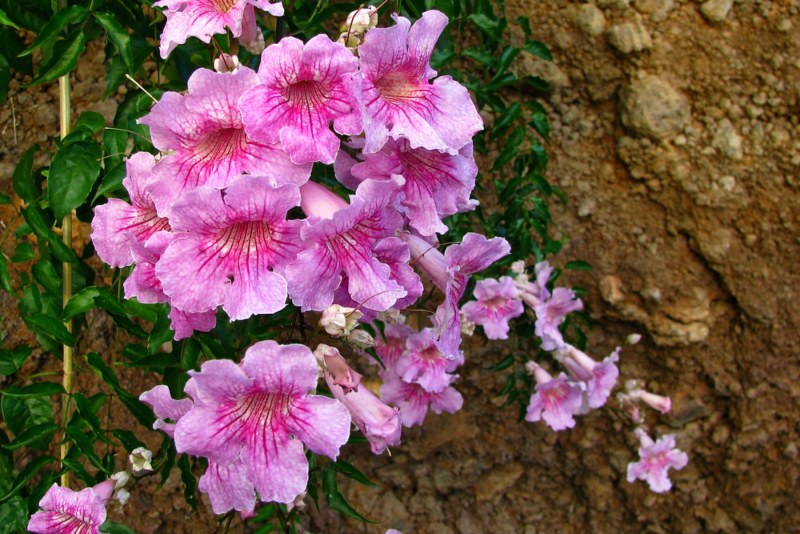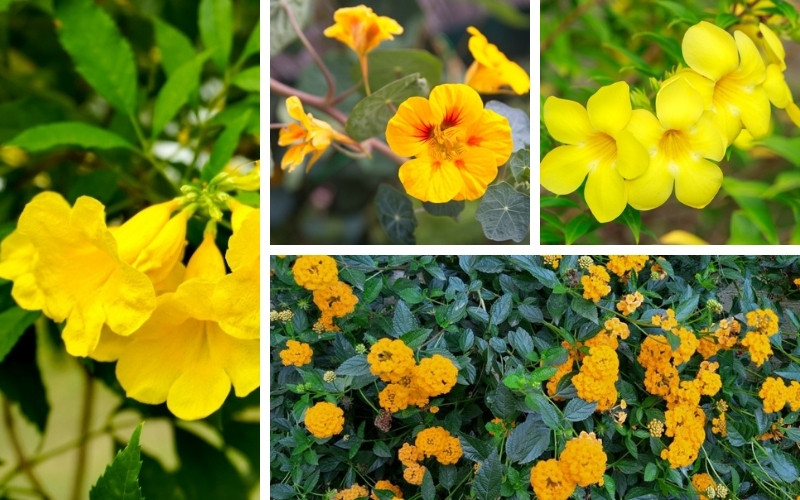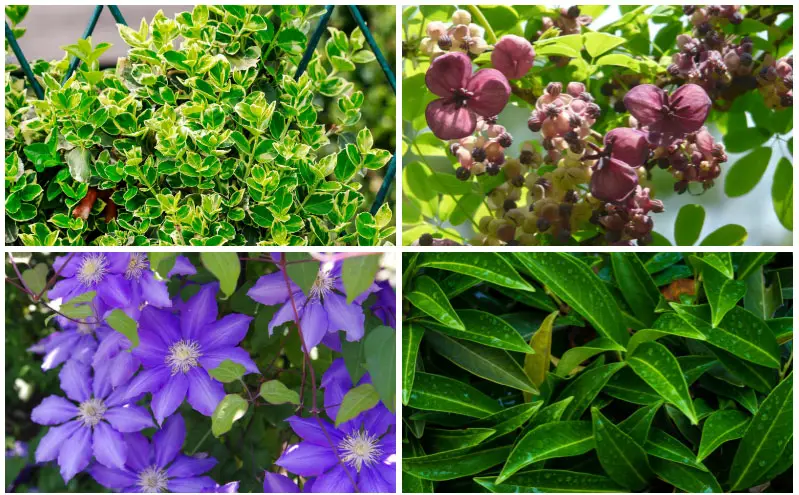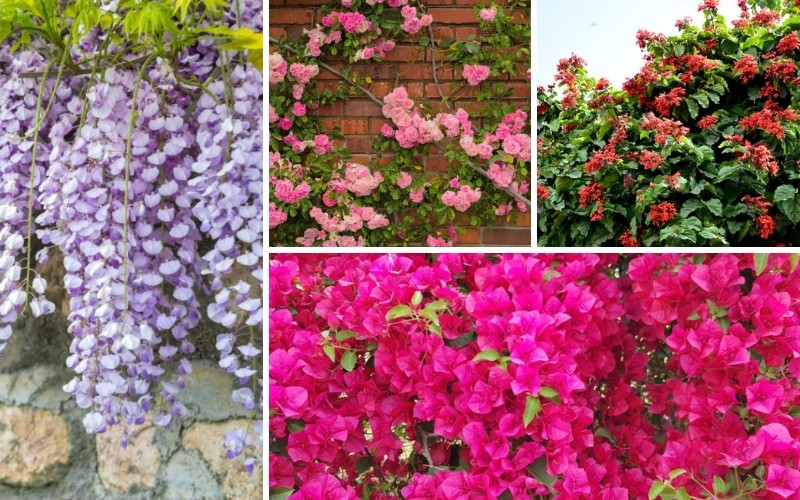
Regardless of whether you are gardening in the humid part of east Texas or the arid climate in the west, you will find more than a few great Texas vines you can plant.
With the vines below, you can quickly grow and enjoy them, regardless of if you plant them near a pergola, patio, or another location. Keep reading to learn about the top picks.
Finding the Right Vine for Your Texas Landscape
As you can see from the information here, there are many options when it comes to the best Texas vine for your home and landscape.
Be sure to consider the ones listed above to find the one that best suits your climate, soil type, and more. By doing this, you can feel confident that your vine will grow well and look great.
1. Bougainvillea
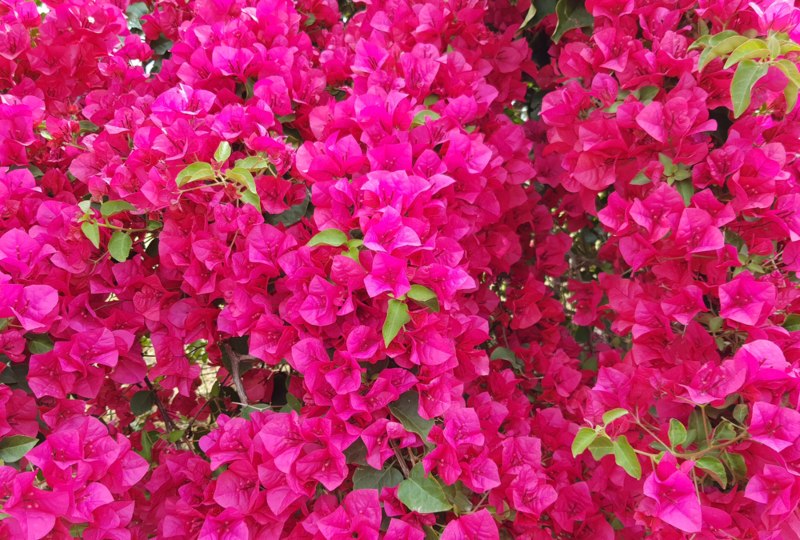
A sun-tolerant, bright summer blooming vine, bougainvillea is considered a “vigorous” vine that can quickly scale two-story buildings in ideal conditions.
In Texas, it will grow well in a large container if you have a tripod-style trellis or if it cascades down a wall. The pink leaves are also tolerant of cold temperatures and will typically come back if temperatures don’t dip under 25 degrees Fahrenheit in the winter.
To enjoy the most blooms (which are small white flowers), be sure to allow the soil to dry between watering entirely.
2. Fig Ivy
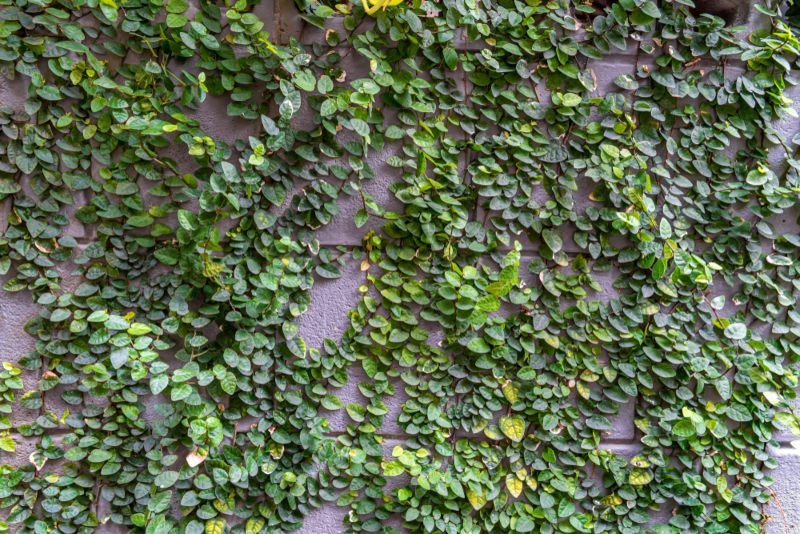
Also called Creeping Fig, this vine is an excellent option to use for surfaces you want to cover thoroughly. It is dense and grows small leaves, which creates a thicker coverage on virtually any surface. Also, the creeping nature and ability to thrive in shading conditions make its smart option for covering older surfaces or walls that may not be an appealing color.
It’s important to note that it will attach tendrils to the surface where it is growing. Because of this, removing it can be challenging.
Make sure you don’t plant the vine in an area where it will be exposed to the full afternoon sun.
3. Chinese Wisteria
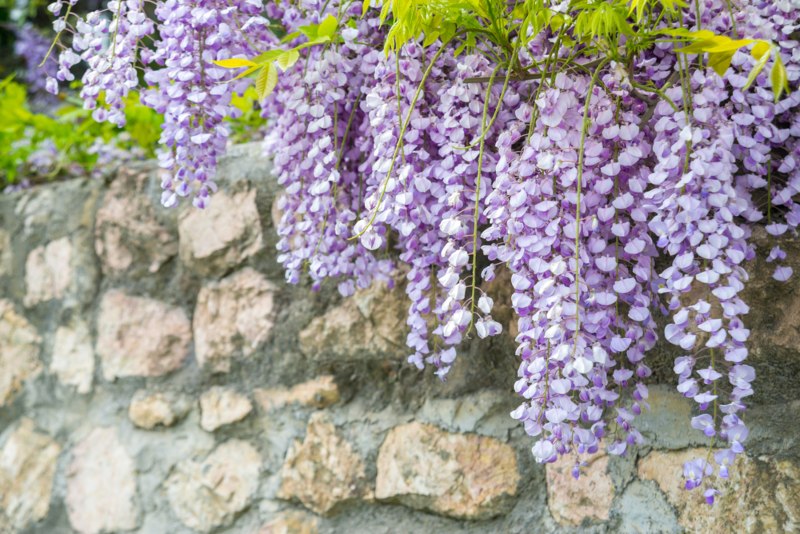
Wisteria flowers are beautiful, and this plant grows vigorously. You can find several options, with clusters ranging from white to lavender-blue and different shades in between.
Chinese Wisteria is a beautiful vine that requires strong support and regular pruning to keep it from venturing too far from its designated grow area. Flowers grow at the same time as the leaves in early spring. When you prune the vine regularly, you can train it into “tree” or “bush” form.
The flowers are reddish-purple and smell slightly sweet. The foliage is evergreen, but flowers may not appear for five to seven years after planting the vine.
4. English Ivy

English Ivy grows quickly but only grows to about three inches tall. Over time, it can create a dense carpet over the ground or climb up fences, walls, or trellises quickly.
The dull, lobed, leathery green leaves come in several shapes, depending on what variety you purchase and plant. Some leaves are fanned, while others are curly or heart-shaped.
It’s best to plant the vine in shaded locations where nutrient-rich soil is present. Also, space the plants about 18 inches apart and use high-nitrogen fertilizer during the spring and summer.
5. Crossvine
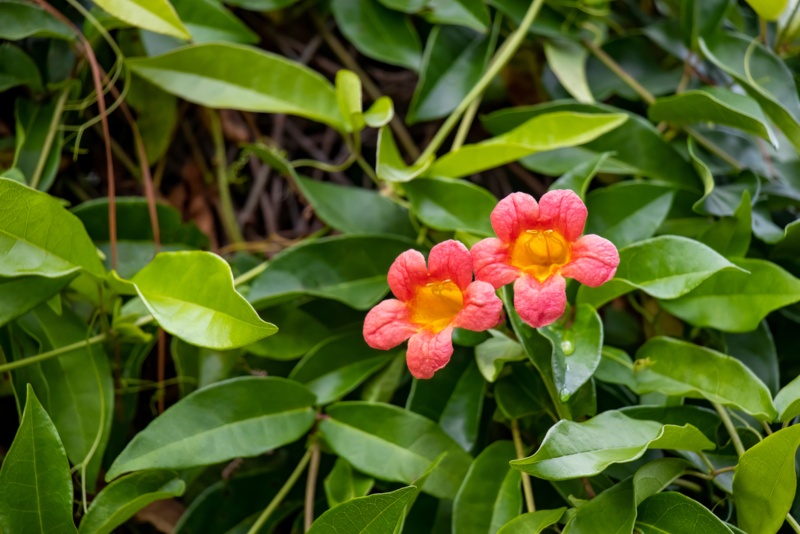
Another evergreen vine, this plant can help improve the look of any wall or fence. Crossvine proliferates in Texas and is a popular option thanks to the trumpet-shaped blooms in bright yellow, red, and orange colors.
It is a durable, hardy, and fast-growing vine that grows well as a training vine to plant on a trellis, fence, or walls. For the best blooming potential, keep the vine in full sun and water regularly.
6. Jackson Vine
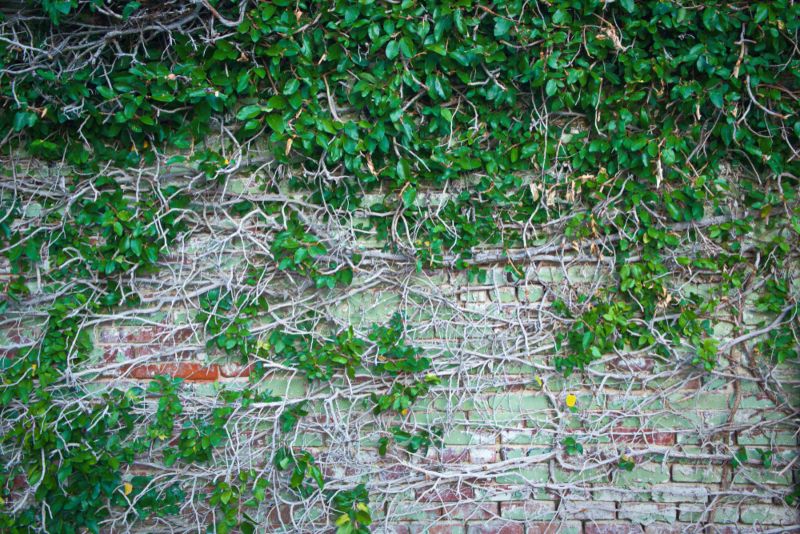
While the thorny version of the plant is considered a “noxious weed,” the Jackson vine can be a graceful evergreen. Usually, it is cut as foliage, and you may have seen it throughout Texas draped across trellises and porches.
The Jackson vine is commonly harvested during the holidays and for weddings due to the appealing look it has. While you can’t find it as much today, it is worth searching for. The leaves are two to five inches long, dark, and shiny.
7. Coral Honeysuckle
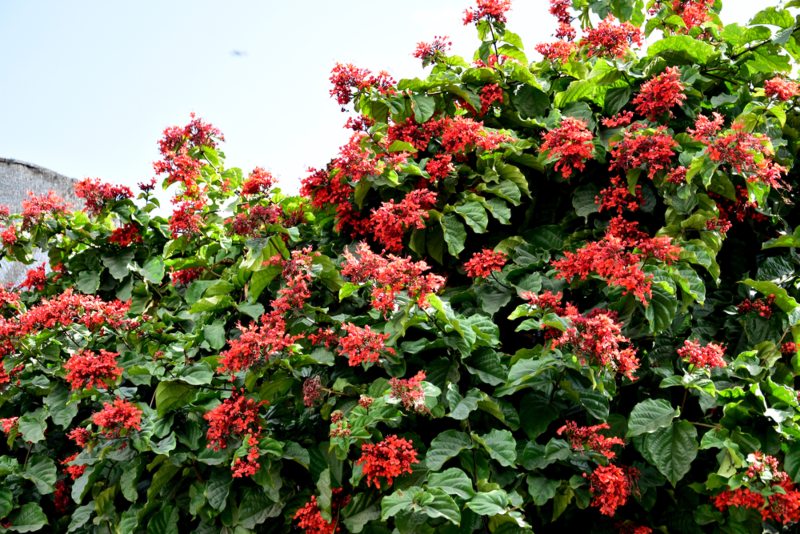
This vine grows between 10 and 20 feet long. It is a twining vine that produces trumpet-shaped, red flowers in late spring and red or orange berries in the summer.
The vine also has green leaves with a bluish tint that are an oval shape. Coral Honeysuckle can grow wild in eastern Texas but can grow anywhere in the state if it is planted in full sun, regularly watered, and has well-drained soil.
8. Star Jasmine
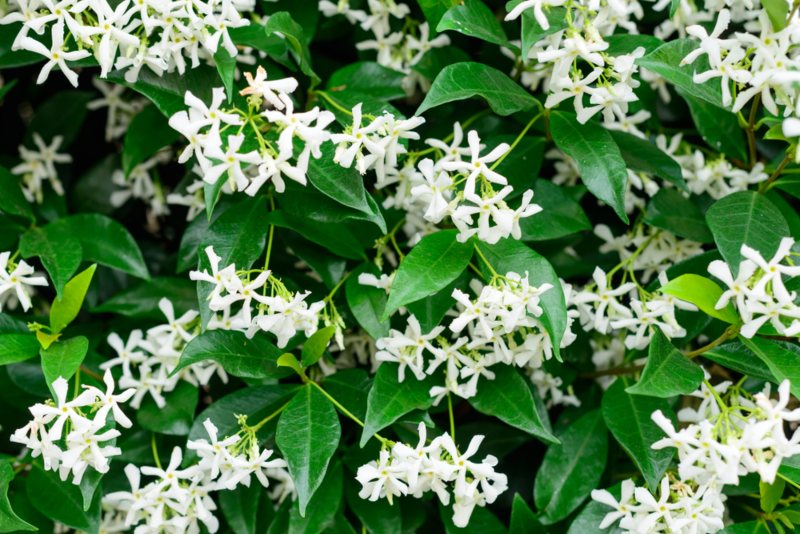
Like Confederate Jasmine in looks, Star Jasmine is famous for its ability to climb and the soft white, fragrant blooms it produces. It is commonly seen growing on fences and trellises, which offer the support needed for growth.
The combination of fragrant blooms and evergreen leaves makes it a great-looking addition to any garden. Star Jasmine is a unique and beautiful addition to any garden.
9. Climbing Roses
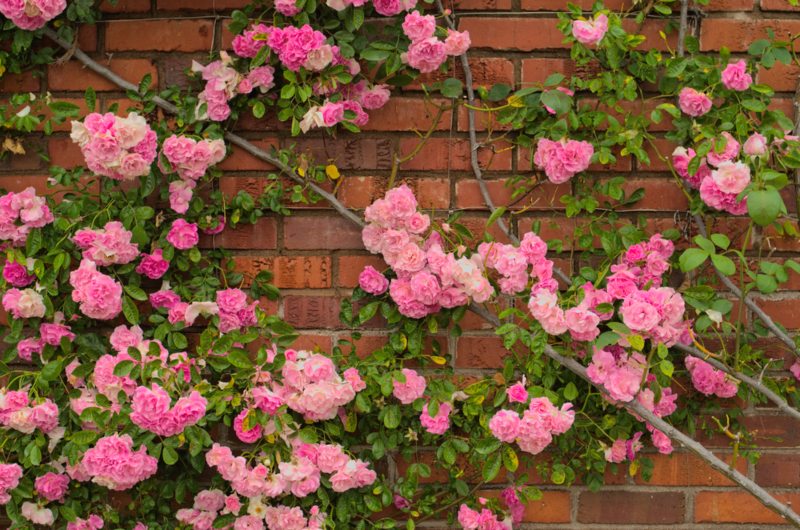
Climbing roses are a popular plant seen growing around the globe. You can find white and yellow Banksia roses, which are giant blooms and immune to disease and insects.
Clusters of yellow and white roses will appear in mid-spring and completely cover your vine for around two weeks. The yellow producing plant is thornless, and the white has a pleasant fragrance. These require some ground space and can cover quite a bit of land if they aren’t controlled.
10. Boston Ivy
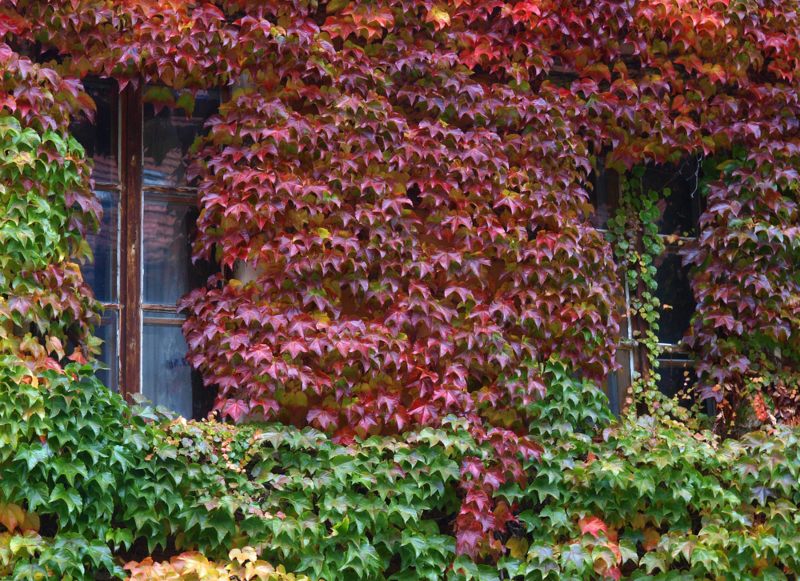
Boston Ivy is a deciduous climbing fine that creates a beautiful wall of color during the fall. It has a classic appearance and climbs well on walls and houses, creating that “old world” look.
You can also use Boston Ivy for erosion control, but it will grow best when climbing a masonry wall. Be sure to plant the vine in an area where it will be exposed to plenty of sun. If there is too much shade, it won’t reach its full potential.
11 . Maypop Passion Vines

Maypop Passion Vines adorn gardens with their unique purple flowers and woody vines. They bloom between June and September.
These plants can grow up to 25 feet. They also thrive in hardiness zones 5 to 9.
Maypops are one of the low-maintenance vines you can have in your Texan yard. You’ll only need to plant them in well-draining soil under full sun. They grow well in partial shade, too.
The only thing they’ll need is some frequent watering during drought season. One way to keep the soil moist is by adding loose mulch over the soil.
12. Pearl Milkweed Vine
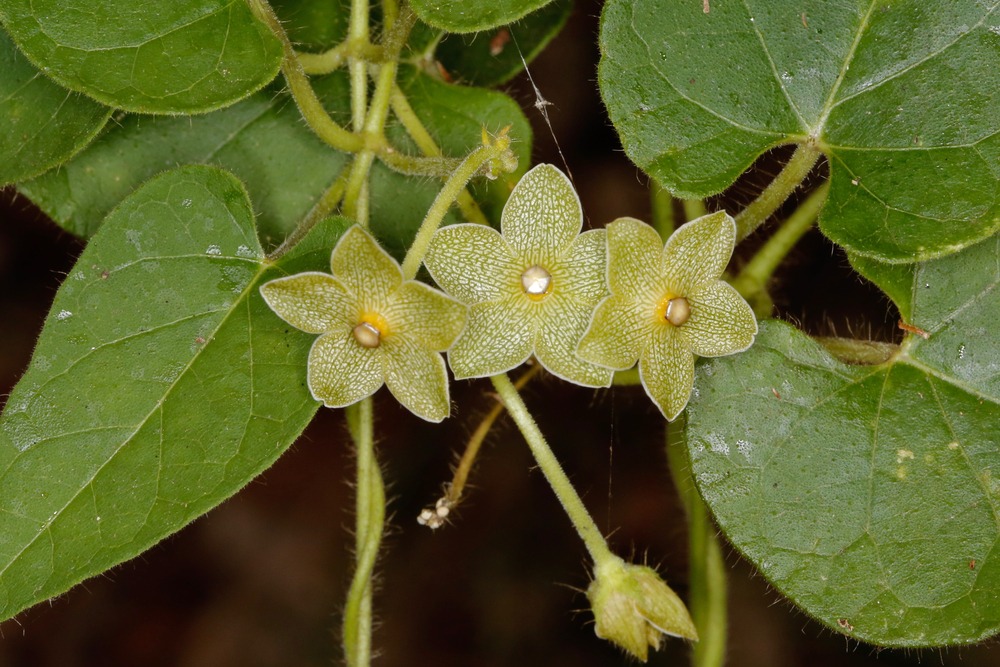
This vine is popular for its dainty flower with a pearl-like center. The great thing about Pearl Milkweed Vine is that it’s native to Texas, making it a fantastic vine to plant.
At its maturity, this vine can reach a height of 6 to 12 feet. Pearl Milkweed Vine also blossoms between April and July in the right growing conditions.
Since this plant is heat and cold tolerant, it grows well under partial shade. One thing to remember is that it likes its soil relatively dry.
13. Carolina Jessamine
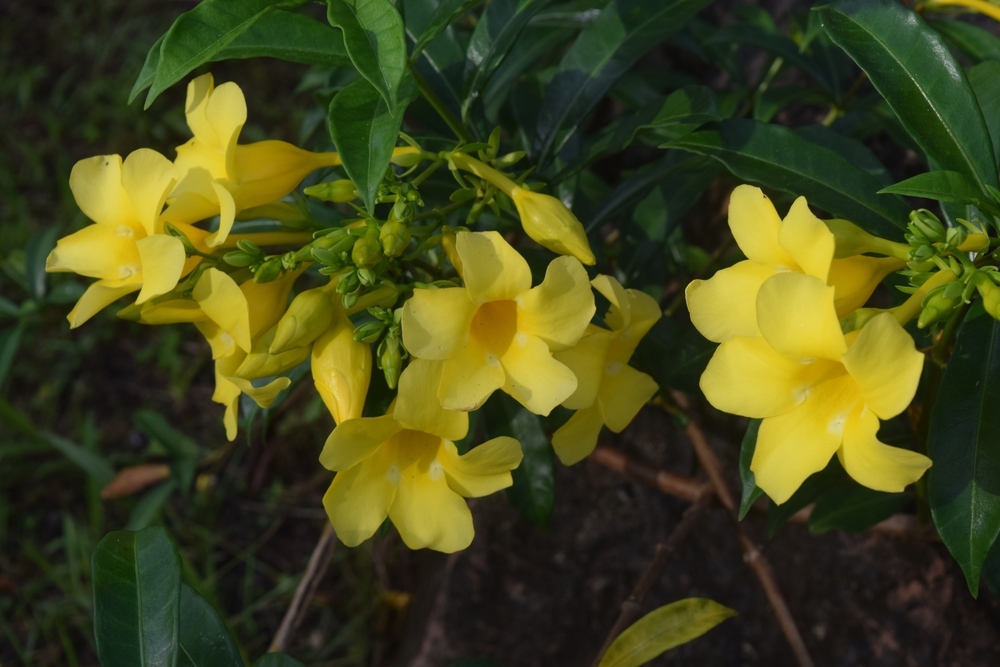
Another native flowering vine in East Texas is the Carolina Jessamine. It blooms bright, yellow flowers from January to May under the full sun.
The Carolina Jessamine can grow up to 20 feet tall with rich soil and enough water. Once established, this plant can tolerate periods of drought.
This vine adapts to areas with hardiness zones 6 to 9.
14. Hummingbird Trumpet Vine
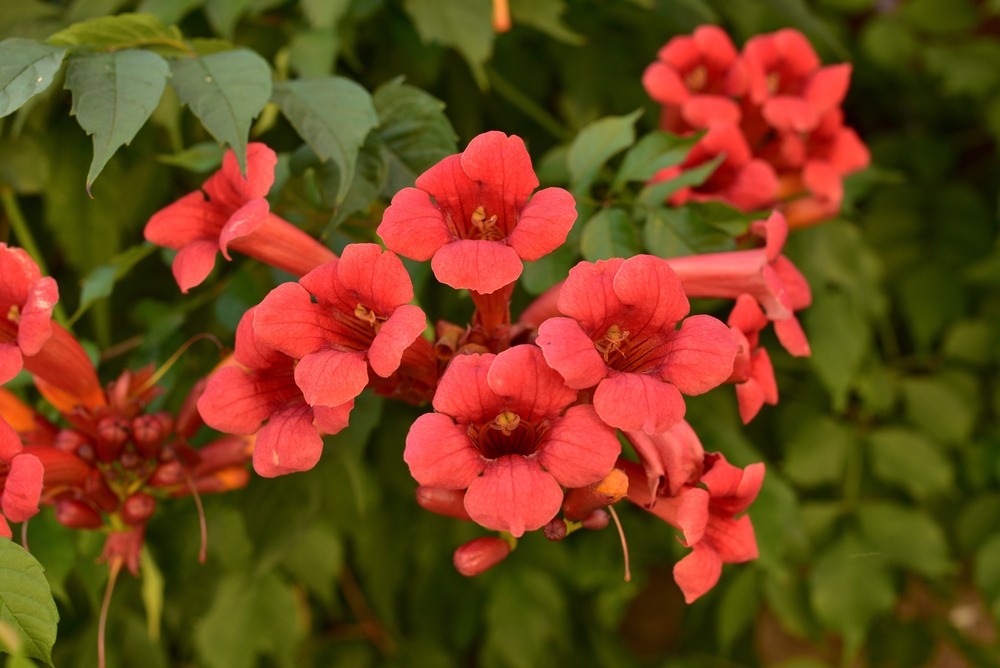
The Hummingbird Trumpet Vine produces clusters of flowers in shades of yellow, orange, and red. You’ll notice these blooms mostly in the summer.
If you want to see the best of this vine, try planting it in areas that get at least six hours of sunlight. That said, it thrives in moist but well-drained soil. It also helps if the soil is mildly acidic or mildly alkaline.
Hummingbird Trumpet Vines grow best in hardiness zones between 4 and 9.
15. Foxglove

Foxglove plants are perfect for the sunny state of Texas. Their beautiful flowers grow in spikes with red to purple petals, which bloom from June to September. In warmer climates, they may start blooming around late spring.
Taking care of Foxgloves means planting them in slightly acidic soil. You’ll also want to have their soil moist but well-drained, especially since they’re prone to root rot.
Although they only grow two to five feet tall, they still need enough sunlight to thrive.
Final Thoughts
After taking a look at the best 15 Texas vines, we’re sure that whichever you choose, these vines will be a majestic addition to your garden!
You can’t go wrong with Climbing Roses, Star Jasmines, Crossvines, or Coral Honeysuckles, just to name a few.





